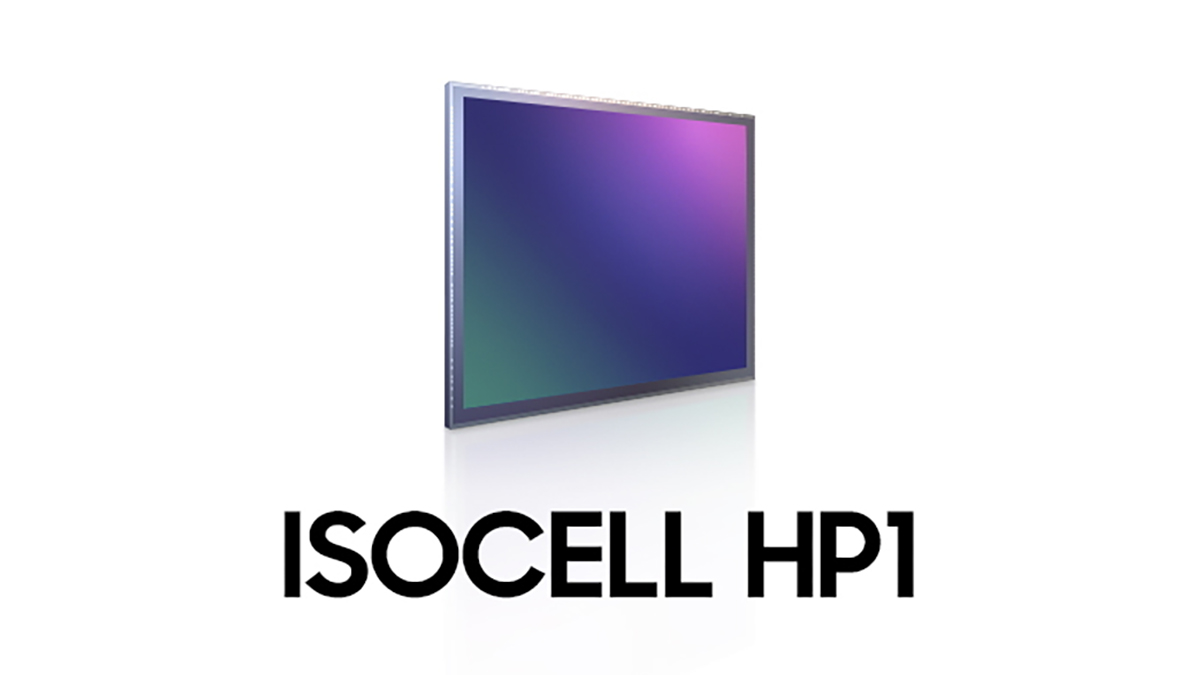Galaxy S23 series could be the first to feature Samsung's 200MP camera

We've been hearing plenty of leaks and rumors concerning the Samsung Galaxy S22 in recent months, but right now we're going to briefly turn our attention to the flagship phone series of 2023 – the Galaxy S23.
According to renowned leak source @UniverseIce – who usually provides accurate information – the Galaxy S23 Ultra model is going to come rocking a 200MP main sensor in its camera, which will be "optimized for several years".
We're expecting the Samsung Galaxy S22 Ultra to bring with it a quad-lens rear camera, led by a 108MP main sensor that's joined with two 12MP telephoto cameras and a 12MP ultra-wide camera for an impressive overall package.
Samsung has optimized the 108MP sensor for three years, and the result is better year by year, which is better than replacing the sensor frequently. It is said that the S23 Ultra will adopt 200MP sensor from next year, and then it will be optimized for several years.December 25, 2021
Megapixel counts
The 200MP camera sensor in question has already been unveiled by Samsung: the ISOCELL HP1 is actually the first sensor in the industry to hit the 200 megapixel mark, apparently capable of top-tier low light shots and 8K, 30fps video recording.
What's not clear is when we might see this sensor in a smartphone. The Xiaomi 12 is getting its grand unveiling tomorrow, and there has been talk that it will be the handset to debut this 200MP camera capability ahead of Samsung itself.
If we don't see the sensor in the Xiaomi 12 then it could be a long wait to see the sensor in the Galaxy S23 at the start of 2023. The Galaxy S22 is expected to be unveiled in February 2022, with the Samsung Galaxy S21 FE showing up next month.
Analysis: phone cameras keep improving

This rumor about Samsung's 200MP 1/1.22-inch ISOCELL HP1 camera sensor being fitted inside the Galaxy S23 Ultra model hasn't come out of nowhere – people have been speculating about it for at least a month at this point.
With the sensor itself now official, it's natural that there are going to be predictions about which phone it's fitted inside. The sensor has relatively small 0.64 µm pixels, as well as new pixel-binning technology that Samsung is calling ChameleonCell.
That essentially means that certain pixels can be cleverly combined together, leading to a larger 2.56μm pixel size, and an effective image resolution of 12.5 megapixels. Those larger pixels should be able to catch a lot of incoming light, which Samsung says will lead to brighter and clearer photos indoors or in the evening.
So why the long wait until 2023? Getting a camera sensor created is just the start: Samsung needs to gear up its production lines to make a lot of these little components, and then work out the engineering required to incorporate the sensor into an actual smartphone.
from TechRadar - All the latest technology news https://ift.tt/3FyLWWX

Post a Comment